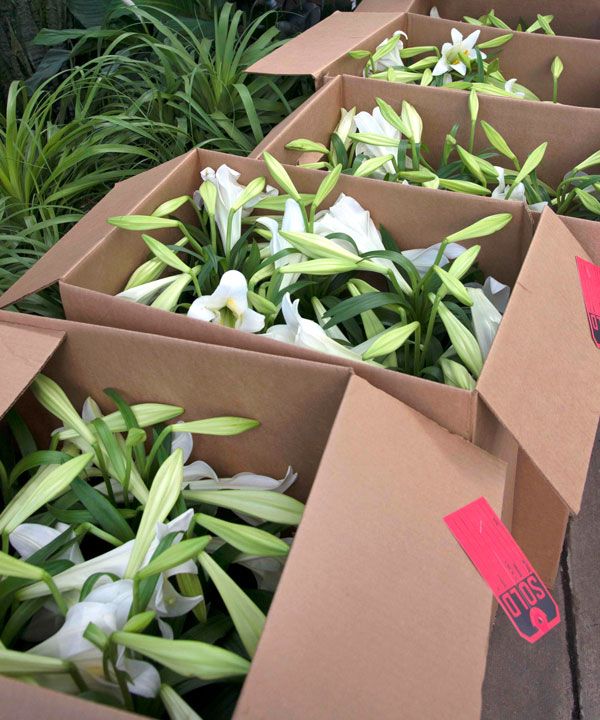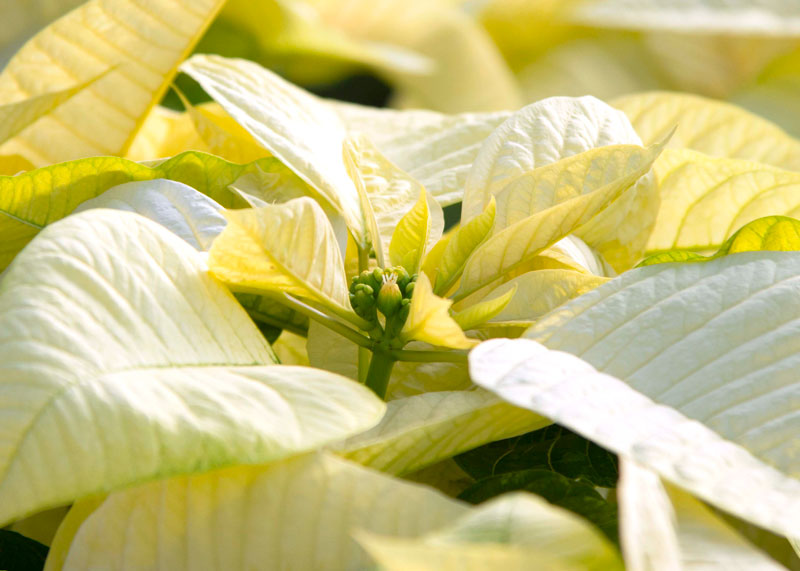Floricultural Factoids from the land of the Buckeyes
The time was back in the ‘60s. A&M had only 3 students left in Floriculture (horticulture applied to greenhouse production). Ohio State, by comparison, had more than 240. I immediately knew that was where I needed to be, and I loved it. Kip (Dr. D.C. Kiplinger) and Ken (Dr. Ken Reisch) were my major professors for my B.S. and M.S. degrees, and I’m going to tell you three quick little things that they shared with us in class. Things I’ve never forgotten. Fun facts from Floriculture, as taught by the best.

1. All the major flower holidays in the United States follow months of dark, cold growing conditions. That mattered a lot if you were in Ohio or any of other northern states. Of course it did. Days were short, gray, and cold. Sometimes very cold as crops were being grown for Christmas, Valentine’s Day, Easter, Mother’s Day, and even Memorial Day.
Conversely, few people wanted flowers on Independence Day, Labor Day, or even, to a degree, Thanksgiving. Lynn and I were married in August, but it never made much of a big floral holiday nationally.
That was just something our profs wanted us to remember as we chose floriculture as a vocation – that the cards were going to be stacked against us. Still a great way to make a living, but not always easy.
Now in hindsight, that’s a big reason so many flowers (perhaps up to 80 percent) are now imported from other countries.
2. A lot of the early research on poinsettias was being done at Ohio State. Paul Ecke of the Ecke Poinsettia Ranch in Encinitas, California, had been an OSU graduate, so he turned to Ohio State as he was developing new, shorter, longer-lasting varieties, new colors, testing new products to keep his plants shorter, etc. Poinsettias, you see, were still growing too tall in the greenhouses, often to 30 inches and more. Flower shops would have to “fold” their stems and crimp them to be able to use them in holiday decorating, so the Ecke/OSU collaboration in finding shorter types and types that would hold their lower leaves better was a critical step forward. That was going on while I was there.

Somewhere about that time I heard one of the graduate students talking about working with the white poinsettias as a possible Easter crop. Easter lilies are ultimately challenging to grow. That’s partly because they’re bulbs and are less predictable, but it’s also because Easter varies by weeks from one year to the next. It’s really difficult to know how successful your crop will be. Poinsettias by comparison are quite easy.
However, in doing a bit of Web searching on this topic this week, I found nothing about any trials (at OSU or elsewhere) aimed at bringing white poinsettias into the market in spring for sales at Easter time. That must have been just a rumor to see if anyone would nibble. Apparently, no nibbles.
3. My favorite. We took a good many field trips. That’s how I saw a mum propagation greenhouse that was hundreds of feet long and 80 feet wide. Millions of cuttings per month. That’s how we made the side trip to Warther’s Wood Carving Museum in Dover and how I got to meet carver Ernest Warther himself. He and his team made my wedding present for my wife 58 years ago. We still buy handmade kitchen gift knives from them.
But the fun story of all was when our floral design teacher took us to a flower shop in downtown Columbus, down not far from German Village. He explained that that designer specialized in funeral arrangements. His Yellow Pages ads even said that, as did the sign on the door. “Lowest price in town on funeral designs.”
Ken alerted us before we left campus to be sure to look at the shelves high over the design tables. He also reminded us that this guy didn’t go to the wholesale florist at 4 a.m. every day to get his working products like all the other florists did. He went mid-morning to pick up whatever was still there.

Oh, and what was on that top shelf? What was it we almost forgot to look at? What was it that caused us to laugh out loud when we saw it? Can after can of spray adhesive to hold those old flowers together long enough to get them out to the cemeteries.
